Content marketing for small businesses innovative approach has the power to skyrocket your venture to astounding success. Our comprehensive article presents 15 cardinal tips for small-scale companies aiming to ace this dynamic strategy. From the enchanting niche of boutique candle making to the bustling sphere of organic produce, content marketing has fuelled many a business journey.⚡
We’re bringing to the table a banquet of tips: embracing storytelling, establishing a unique brand voice, optimizing the content mix, harnessing the power of visual elements, and much more. A standout amongst these is the adoption of insightful tools, such as Plerdy, offering robust solutions for Conversion Rate Optimization (CRO) & User Experience (UX) enhancement.

Dive into this treasure trove of expertise and equip your business with the fuel to conquer the competitive marketplace. Harness the power of content marketing and set your small business on the path of exponential growth. Don’t just sit around – grab your chance to thrive with our exciting guide! Remember, success lies in taking action! ⚡
Understanding the Basics of Content Marketing
Content marketing engages and converts customers. It operates on the premise of delivering valuable, relevant information to draw in potential customers—perfectly tailored for small businesses aiming for a significant impact with a limited budget.
For instance, a small bakery might start a blog, sharing recipes and baking tips, while a local fitness studio could create workout videos or nutrition advice articles. This sort of engaging content doesn’t merely advertise—it forms a bridge between businesses and their audience.
Some key components include:
- Creating compelling content to captivate and retain the audience’s interest
- Distributing content across various platforms for increased visibility
- Consistently updating content to keep it fresh and relevant
- Using analytics to track engagement and adjust strategies accordingly
In summary, small businesses’ content marketing success depends on knowing their target, creating relevant material, and using the correct channels. It’s not just about selling—it’s about fostering a connection and establishing trust. So, whether you’re a craft beer brewer sharing the brewing process or an artisanal soap maker showcasing behind-the-scenes, content marketing is the cornerstone of building lasting customer relationships.
The Importance of Content Marketing for Small Businesses
In the bustling marketplaces of today, small businesses face fierce competition. Here, content marketing emerges as a powerful ally. A strategic, well-executed content marketing plan can elevate a small business to a compelling brand, driving growth and customer loyalty.
Consider an urban organic food store. Through a blog sharing unique, healthy recipes or articles on organic farming practices, they engage their audience. This fosters trust and authority, setting them apart from competitors. Similarly, a local photographer could share behind-the-scenes footage or stories behind their captures, creating an emotional bond with their audience.
Content marketing offers a myriad of benefits for small businesses:
- Establishing Trust: Well-crafted content allows businesses to demonstrate their expertise, fostering trust and credibility among consumers.
- Boosting Brand Awareness: Through regular, high-quality content, businesses can stay top-of-mind for their audience.
- Engaging the Audience: Content marketing opens doors for two-way communication, fostering stronger relationships.
- Facilitating Customer Conversion: Offering valuable, relevant content can subtly guide consumers through the purchasing decision process.
In essence, content marketing acts as the backbone of successful digital marketing strategies for small businesses. It’s about transforming your small business from an anonymous entity into a reputable, trustworthy brand. Whether you’re a local bookstore sharing book reviews or a coffee shop offering brewing tips, content marketing carves a unique space for your brand, paving the way for lasting success.
Tip 1: Define Your Content Marketing Goals

As a small business embarking on your content marketing journey, the first order of business is defining your goals. This step is akin to setting a compass—it guides the entire strategy, shaping the direction of your content creation and distribution efforts.
A New York boutique hotel is growing. Their primary content marketing goal might be to boost brand awareness and attract international tourists. On the other hand, an independent bookshop might focus on fostering a loyal community of book lovers around their brand.
Content marketing goals for small businesses could encompass:
- Increasing Brand Visibility: For companies seeking market differentiation.
- Driving Traffic to the Website: For those aiming to attract more visitors and potential customers.
- Strengthening Customer Engagement: If the goal is to build strong, lasting relationships with customers.
- Enhancing Online Sales: For e-commerce businesses desiring to increase their online revenue.
When defining your content marketing goals, ensure they are specific, measurable, achievable, relevant, and time-bound—commonly known as SMART goals. It’s like being a meticulous craftsman: each piece of content you produce serves a clear purpose, fitting seamlessly into your overall marketing strategy.
Regardless of the type of small business—be it a gourmet coffee roastery aiming to increase e-commerce sales or a yoga studio seeking to deepen community engagement—crystal-clear content marketing goals provide a steadfast beacon for your journey towards success.
Tip 2: Know Your Audience
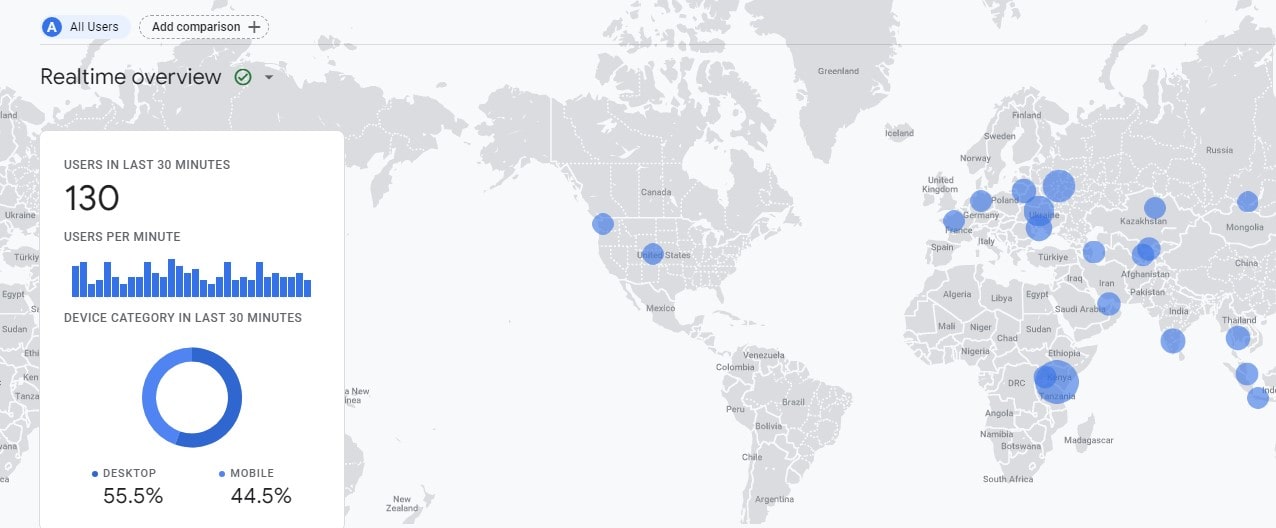
In the vibrant landscape of content marketing, knowing your audience is the linchpin to crafting resonating, engaging content. Like a skilled tailor who measures each customer before cutting the cloth, successful small businesses understand their audience before crafting content.
Imagine a vintage clothing store in Kansas City aiming to cater to fashion-forward youths. Their content—rich in retro fashion guides and style tips—should resonate with this demographic. Conversely, a niche craft beer brewery might target enthusiasts with detailed brewing processes and flavor profiles.
Understanding your audience involves:
- Identifying Demographics: Knowing the age, location, occupation, and other demographics of your target audience.
- Understanding Interests: Discovering what your audience enjoys, their hobbies, and their passions.
- Recognizing Problems: Identifying the challenges your audience faces that your product or service can address.
- Acknowledging Behaviors: Being aware of your audience’s online behavior, like their favored social platforms.
The aim here is to create a detailed customer persona, a lifelike representation of your ideal customer. This persona guides your content creation, helping to ensure each piece resonates with your audience.
This tailored approach makes your content marketing strategy highly effective—like a locksmith crafting a key to fit a specific lock. Whether you’re a small tech startup crafting articles for tech enthusiasts, or a rural farm stay sharing serene snippets of farm life to city dwellers seeking escape, knowing your audience allows you to create captivating, impactful content for your small business.
Tip 3: Create a Content Calendar

In the journey of content marketing, a content calendar is your roadmap, guiding the creation, publication, and distribution of your content. It’s the master plan that helps small businesses stay organized, maintain consistency, and keep their content strategy on track.
Picture a local ceramicist in St. Louis who sells handmade pottery. They could plan their content calendar around upcoming holidays or events—creating gift guides for Valentine’s Day, posting pottery-making tutorials during summer vacations, or sharing glazing techniques for Christmas decor.
A well-crafted content calendar typically includes:
- Content Topics: An outline of what each piece will cover.
- Publication Dates: When each piece will be published.
- Content Formats: The type of content (blog, video, social post, etc.).
- Distribution Channels: Where each piece will be shared.
Content calendars are like road trip itineraries. It improves travel by revealing the road ahead. It’s a tool that serves different niches, variously. A family-run restaurant in Los Angeles may plot their content around local events or seasonal food items. An online fitness trainer might plan content in line with fitness trends or specific training schedules.
In essence, a content calendar acts as the pulse of your content marketing strategy. It keeps the content heartbeat steady and consistent, ensuring that your small business stays in the spotlight. Whether you’re a lifestyle blogger scheduling posts about home decor or a music teacher planning online lesson releases, a content calendar is a pivotal tool in your small business’s content marketing toolkit.
Tip 4: Quality Over Quantity
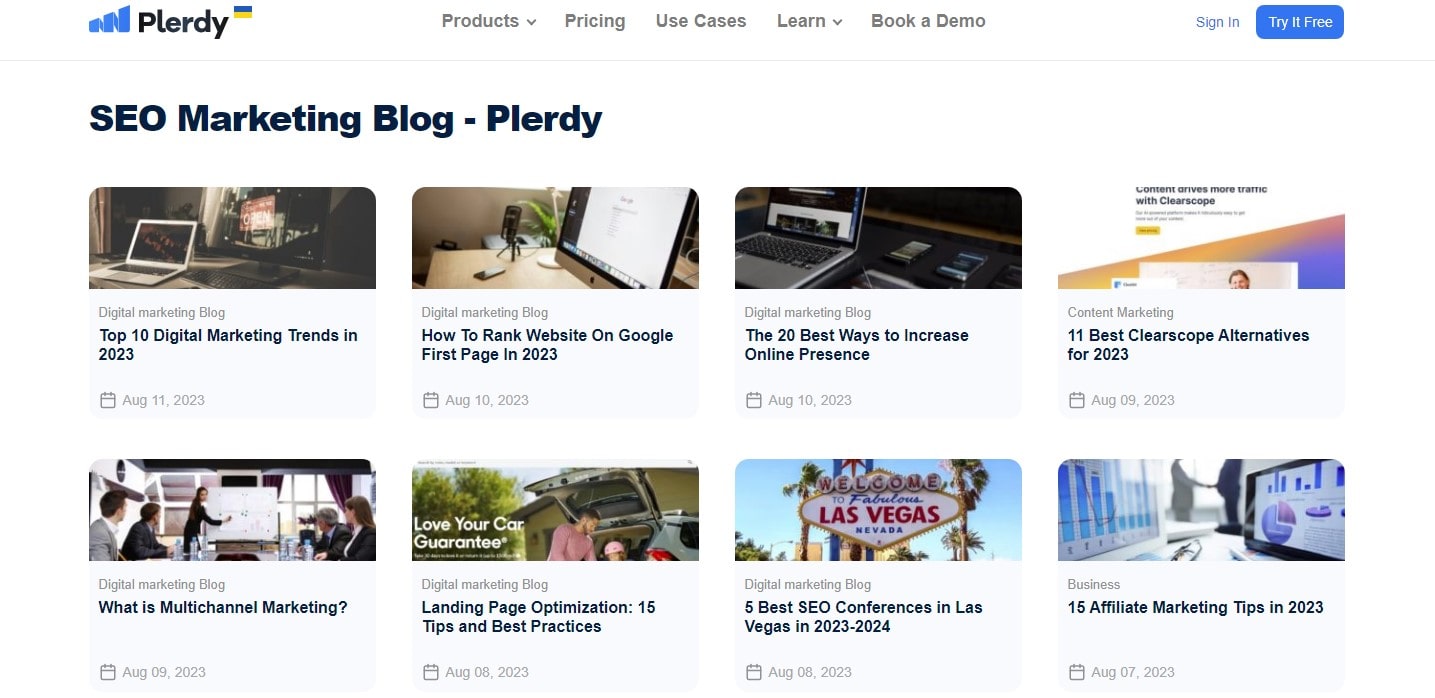
In content marketing, one paramount rule reigns supreme: Quality trumps quantity. For small businesses striving to engage their audience, it’s better to publish fewer high-quality pieces than to flood channels with mediocre content. Just like a master jeweler meticulously crafts a single diamond ring rather than mass-producing cheap trinkets, your content should be curated with care, offering real value to your audience.
Take, for instance, a boutique digital marketing agency in San Francisco. Rather than posting daily generic articles, they might choose to publish a weekly in-depth guide on the latest marketing trends. Or consider a craft chocolate maker who shares detailed ‘bean-to-bar’ stories rather than frequent, meaningless posts.
A commitment to quality means:
- Delivering Value: Your content should offer meaningful insights, advice, or entertainment.
- Ensuring Relevance: Stay true to your audience’s interests and your business niche.
- Upholding Consistency: While frequency matters, don’t sacrifice quality for the sake of posting regularly.
- Maintaining Authenticity: Authentic content builds trust and fosters brand loyalty.
An uncompromising focus on quality helps small businesses stand out in the crowded content landscape. It’s like a gourmet chef—each dish they prepare is not just food but a carefully curated experience. Whether you’re an artisanal bread bakery sharing the nuances of sourdough baking or a boutique travel agency crafting immersive local guides, remember that in content marketing for small businesses, the power of quality content is undisputed. By prioritizing quality over quantity, your content becomes a beacon, attracting and engaging your audience in the vast digital sea.
Tip 5: Incorporate SEO Strategies
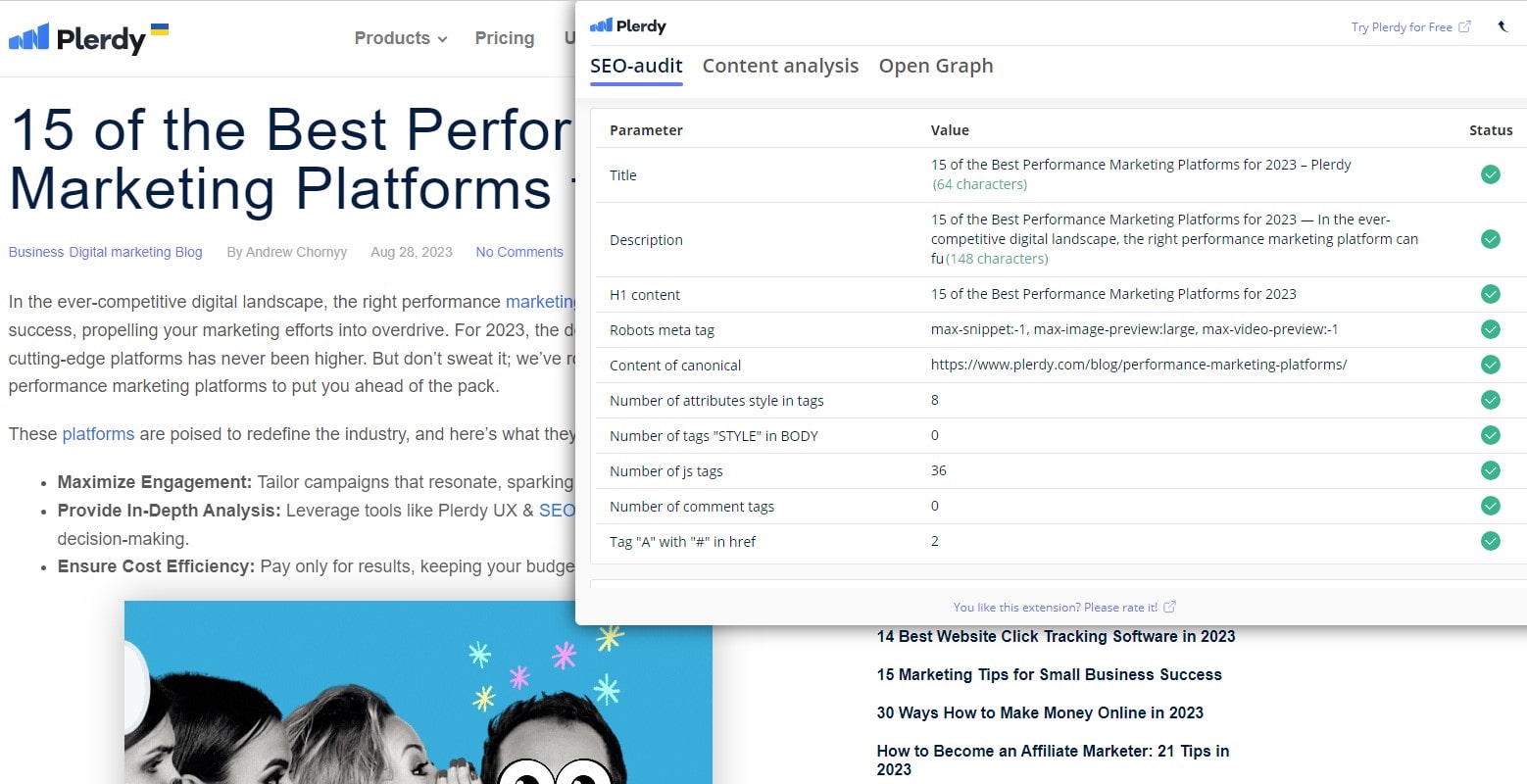
In the bustling digital marketplace, SEO is like a friendly guide that leads potential customers to your door. By incorporating SEO strategies into your content marketing, you can significantly enhance your small business’s online visibility.
Imagine a boutique pet supply store in Washington. By creating content around keywords like “organic dog food Washington” or “natural cat toys in US”, they can attract pet owners searching for these items online. Similarly, a local yoga studio can gain traction by targeting phrases like “best yoga studio in Brooklyn” or “yoga classes for beginners in Brooklyn.”
To integrate SEO into content marketing, focus on:
- Keyword Research: Identify the terms and phrases your potential customers use while searching online.
- Use of Keywords: Include these keywords naturally within your content.
- Meta Descriptions: Write clear, concise meta descriptions for your content, incorporating your keywords.
- Image Optimization: Use alt-text for images, incorporating relevant keywords.
A focus on SEO is akin to setting up signposts on a busy highway, guiding your potential customers towards your business. No matter your niche—whether you’re a home baker sharing recipes with keyword-rich titles or a gardening consultant optimizing blog posts around specific plant-care tips—incorporating SEO strategies can significantly boost your online visibility.
In essence, integrating SEO with content marketing is akin to sprinkling magic dust over your content—enhancing its reach and amplifying its visibility. And while it might seem complex, it’s worth it—like discovering a secret pathway in a labyrinth, SEO can lead your small business straight to the customers who are actively searching for your products or services.
Tip 6: Use Different Types of Content
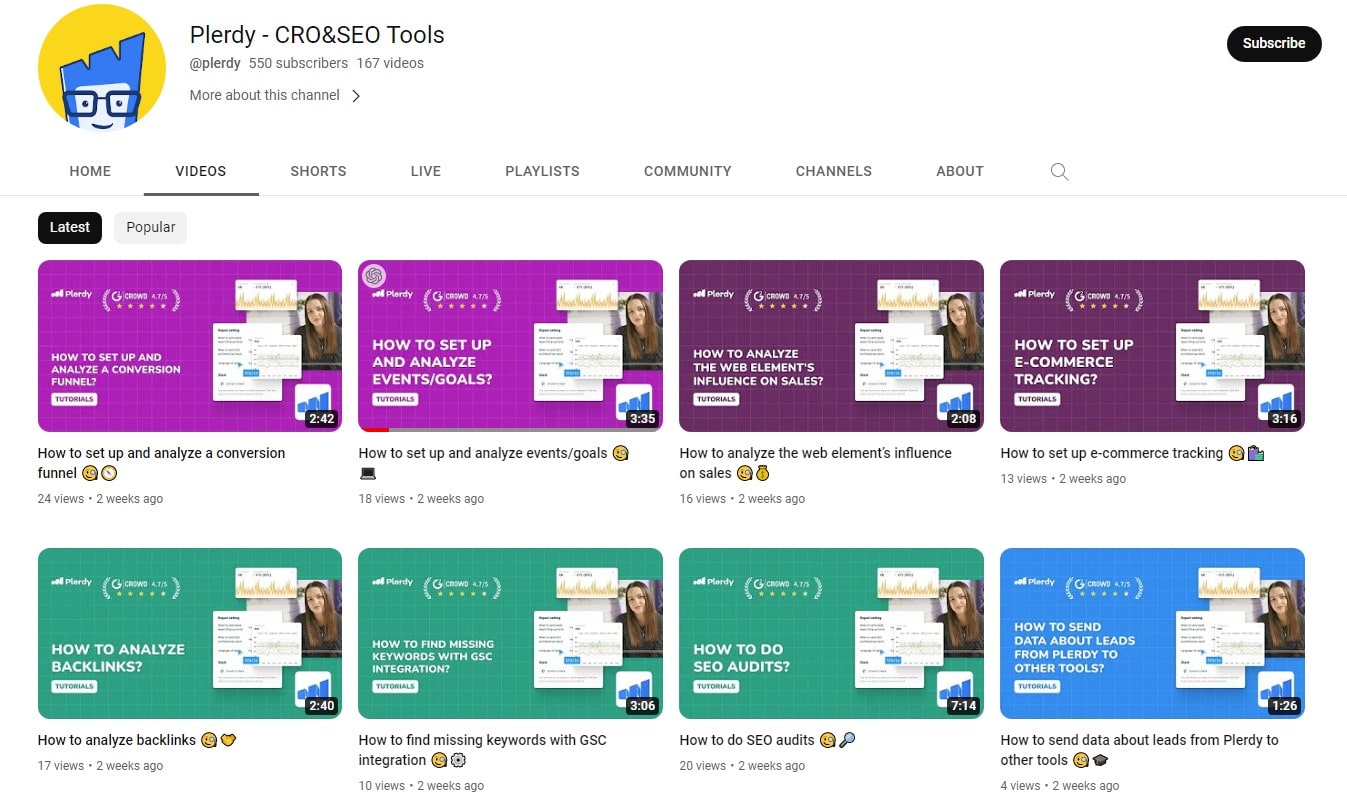
Like a chef crafting a diverse menu, a small business must create a variety of content types to engage its audience effectively. From blogs and infographics to podcasts and videos, different content forms offer unique ways to connect with your audience, tell your brand story, and drive traffic to your website.
Consider an artisanal cheese shop in Miami. The owner could write informative blog posts about the cheese-making process, share mouth-watering images of cheese plates on Instagram, or even host a YouTube video series about pairing cheeses with wines. Simultaneously, a Boston-based software development company might share industry insights through whitepapers, offer software tutorials via webinars, and publish customer testimonials to build credibility.
For an effective content mix, focus on:
- Blogs: Write informative articles to showcase your industry knowledge.
- Visual Content: Leverage infographics, images, and videos to tell visual stories.
- Podcasts/Webinars: Share expert insights through audio and video sessions.
- Facebook, Instagram, and Twitter: Connect with your audience.
Mixing content kinds can help your firm stand out in the digital world. Whether you’re a vintage clothing store owner sharing fashion tips in a vlog or a restaurateur showcasing behind-the-scenes photos of your kitchen, remember to diversify your content to keep your audience engaged. Variety, in content marketing as in life, is the spice that keeps your audience coming back for more.
Tip 7: Engage and Interact with Your Audience
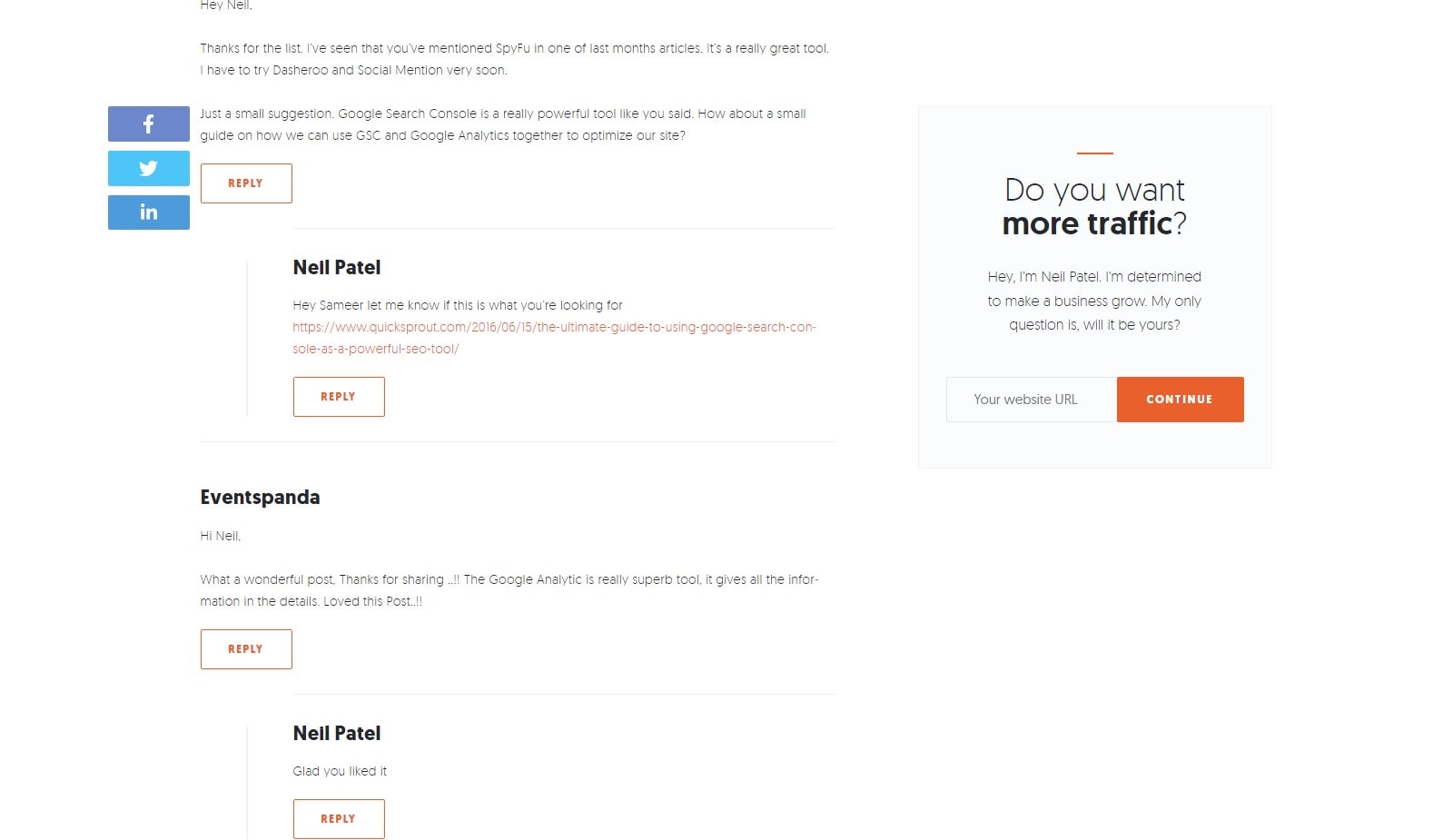
Engagement in content marketing is like a lively conversation at a dinner party. Interact with your audience, reply to their input, and build community to develop a connection. For instance, a small bakery in Vermont can use Instagram to share images of their daily specials then invite customers to comment on their favorites. Those comments, when acknowledged and responded to, generate a sense of belonging among customers, building a stronger brand affinity. Similarly, a local gym in Oregon can share fitness tips on a blog then encourage readers to share their workout progress in the comments. By responding to these comments, the gym fosters a virtual fitness community.
Engaging with your audience involves:
- Responding to Comments: Acknowledge comments on your blog posts, social media posts, and other content platforms.
- Social Listening: Tune into your audience’s discussions on social media platforms and engage in the conversation.
- User-Generated Content: Encourage customers to share their experiences with your products or services.
It’s important to generate high-quality information and stimulate interaction. Content marketing isn’t simply broadcasting—it’s engaging, interacting, and developing relationships. You’re developing a brand community by encouraging involvement. Your audience will appreciate your devotion to connecting, and you’ll establish a customer-focused reputation.
Tip 8: Use Analytics to Measure Success
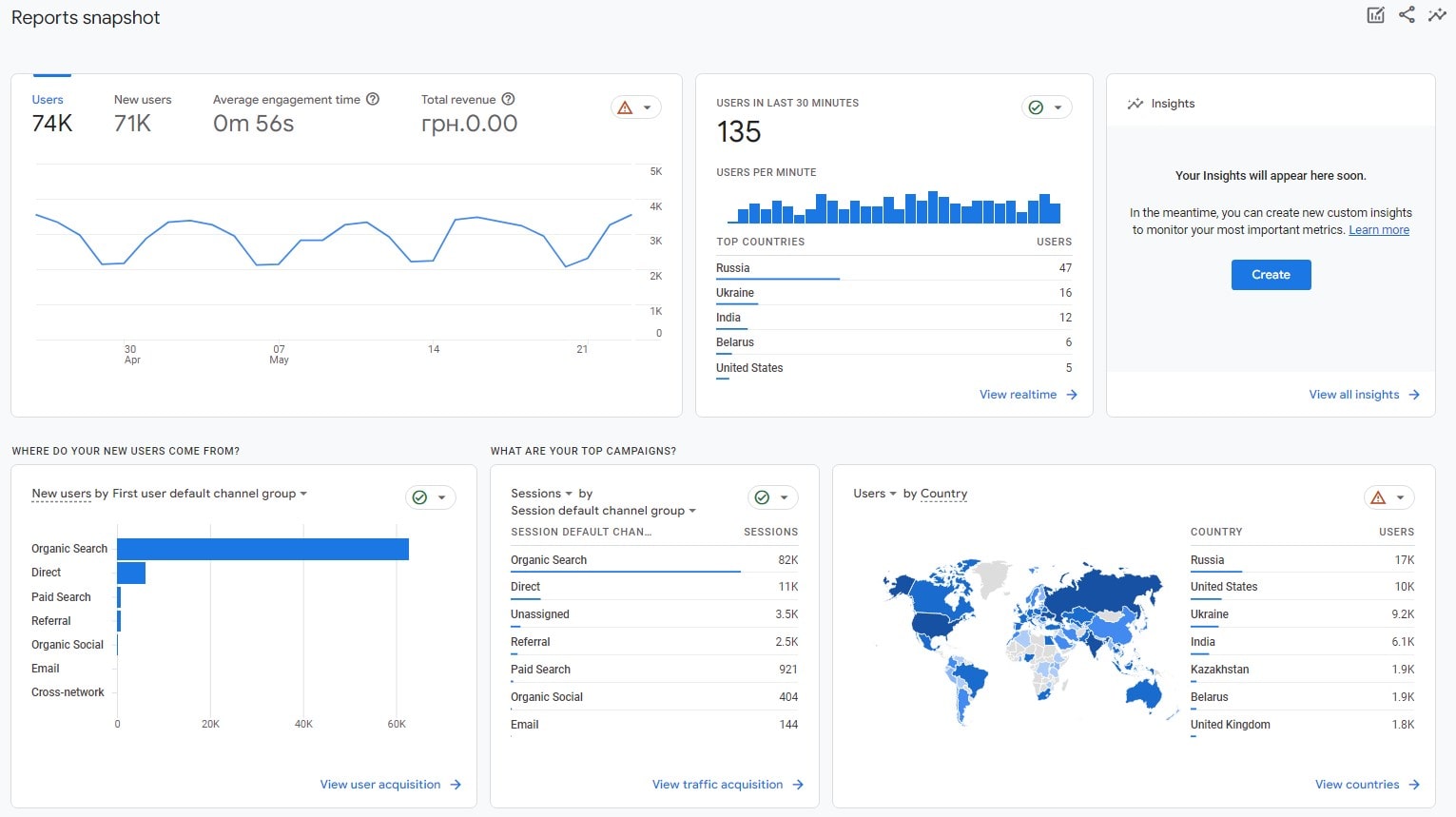
To gauge the effectiveness of your content marketing, don’t just trust your gut – tap into the power of analytics. Even a tiny company can use statistics to develop its content strategy. Take the case of a local landscaping company. By using analytics, they can track how well their how-to blog posts on lawn care are performing or whether their customers are more engaged with before-and-after renovation photos. Similarly, an artisan jewelry designer can measure which of their product features or artisan profiles are driving the most traffic and engagement.
Understanding your content’s performance involves:
- Identifying Key Metrics: Pay attention to metrics like page views, time spent on page, and social media shares. These indicators provide insights into how well your content is resonating with your audience.
- Tracking Conversion Rates: Keep an eye on how many site visitors turn into customers. This helps quantify the impact of your content on your bottom line.
- Monitoring Audience Behavior: Watch your audience’s origin, content, and duration.
Analytics isn’t just numbers. It’s about drawing insights from data and applying them to your strategy. By understanding what content performs best, you can refocus your efforts, prioritize high-performing topics, and ultimately, better meet the needs of your audience.
Numbers in content marketing are narratives about your brand’s relationship with its audience. Analytics can help you tweak your marketing strategy to keep your small business relevant and interesting.
Tip 9: Leverage Social Media Platforms
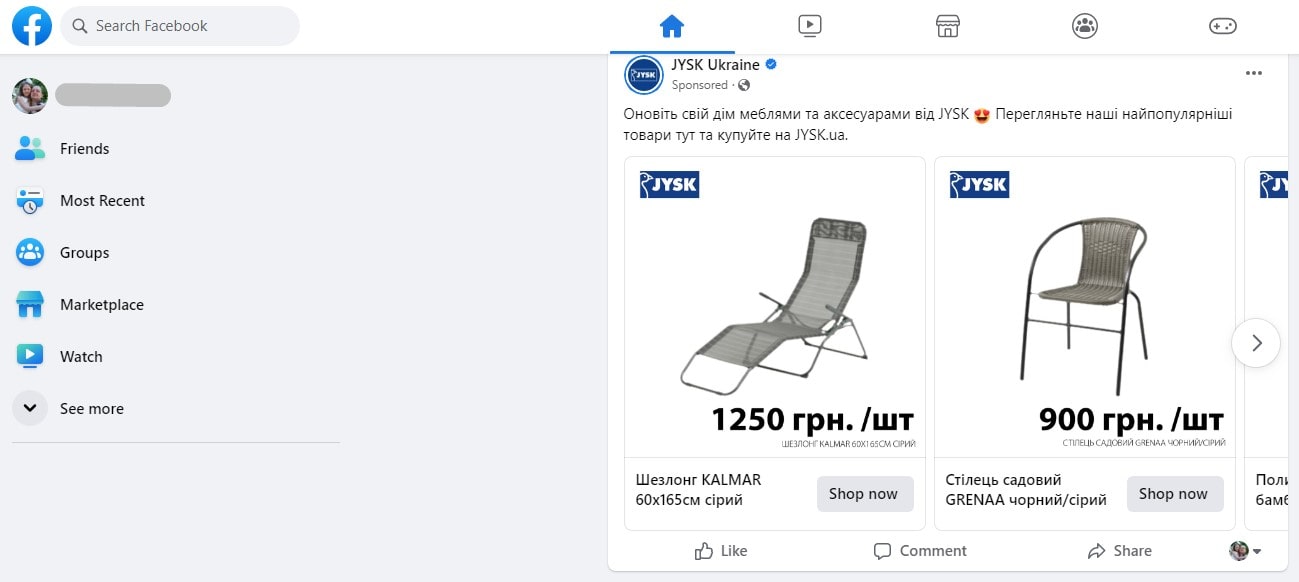
In the domain of content marketing for small businesses, harnessing the reach and engagement of social media platforms is not just advantageous – it’s necessary. The essence of social media is interaction, engagement, and sharing, making it an ideal venue to distribute your top-notch content.
Consider a local bakery. Their mouth-watering pictures of freshly baked goods on Instagram can entice customers to swing by and make a purchase. Or think of a niche business such as a vintage clothing store. By showcasing their unique finds on Pinterest or Facebook, they can draw in those with a passion for retro fashion.
Taking full advantage of social media involves:
- Choosing the Right Platform: Different businesses thrive on different platforms. Instagram might be a good fit for a visually oriented business, while LinkedIn suits B2B companies.
- Creating Platform-Specific Content: Tailor your content to the platform’s specific format and audience preferences. A long-form blog post might work well on LinkedIn, but Twitter requires short, punchy messages.
- Engaging with Your Audience: Reply to comments, like posts, and participate in discussions. This interaction fosters a community around your brand.
Social media is about developing relationships, not just distributing stuff. By tailoring your content approach to each platform, you can reach more people, engage better, and build a community around your small business. With strategic use of social media, your content doesn’t just get seen—it sparks conversations, fosters relationships, and drives people to become not just consumers but loyal fans of your brand.
Tip 10: Consistently Update Your Content
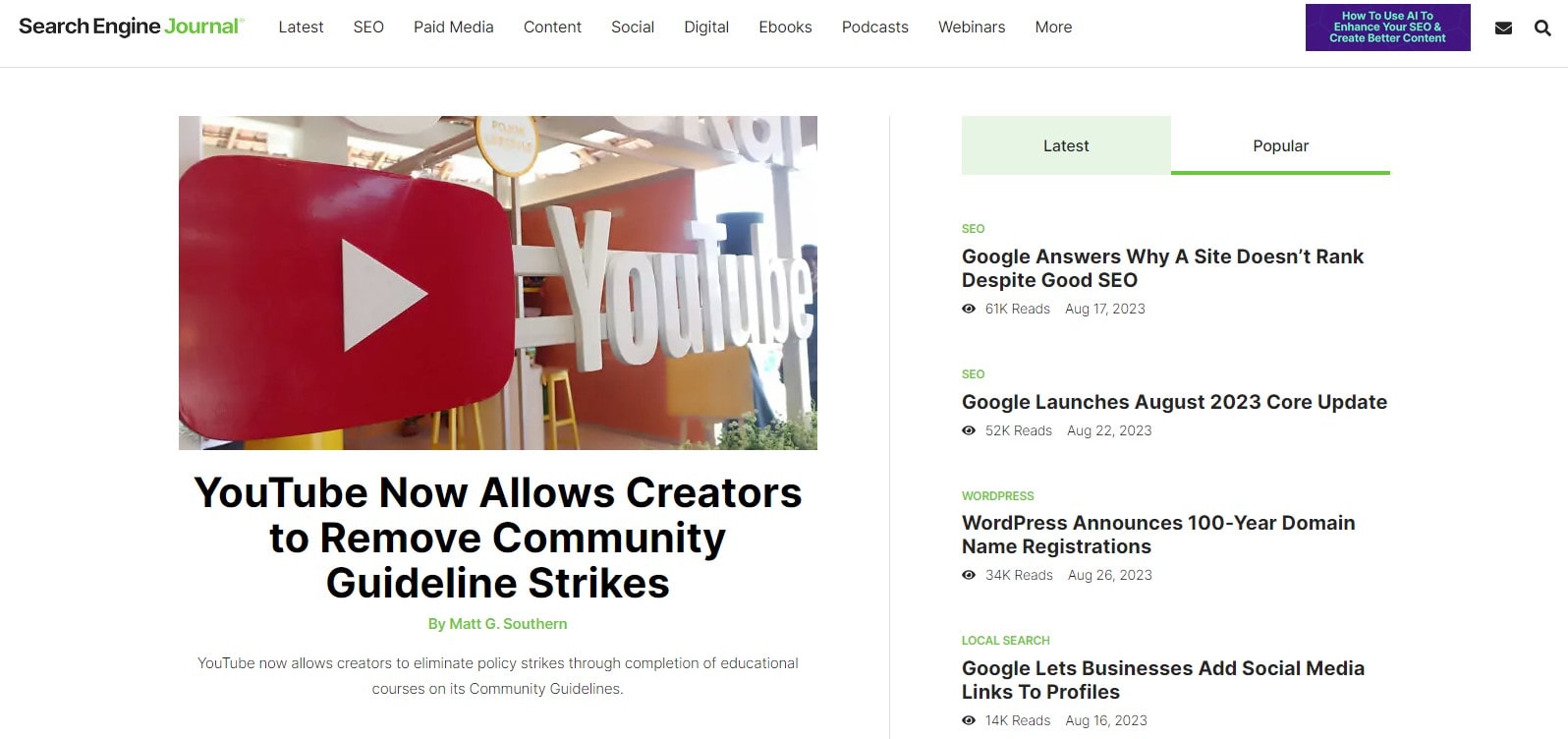
Remaining static in the rapidly moving stream of content marketing spells stagnation for any small business. Updating content consistently ensures that your message remains fresh, engaging, and relevant. It’s akin to a bookshop that regularly changes its window display, keeping passerby interested and drawn in.
Consider a gardening supply business. If they keep their blog posts up-to-date with the changing seasons—guides on planting bulbs in the fall, tips for pruning in the spring—they’ll continuously provide their audience with valuable, timely content. Alternatively, a tech company that consistently updates its tutorials and guides to reflect product updates will keep users engaged and demonstrate ongoing commitment to user support.
Here’s how to achieve consistent content updates:
- Regularly Review Your Content: This ensures you’re aware of what needs a refresh—whether due to outdated information, changes in your business, or shifts in market trends.
- Set a Refresh Schedule: This could involve revisiting key pieces of content every quarter, for example.
- React to Industry Changes: If there are shifts or advancements in your field, update your content accordingly.
Keeping content fresh doesn’t just mean creating new pieces—it involves going back and breathing new life into what already exists. Customers will trust your small business if they see you actively updating high-quality content. This results in higher engagement, improved customer loyalty, and, ultimately, increased growth for your small business.
Tip 11: Collaborate with Influencers in Your Niche

Partnering with influencers in your field can be a powerhouse move for small business content marketing. Influencers offer an established audience who trusts their recommendations – it’s like being invited as a guest on a popular talk show. You tap into an audience that’s ripe for engagement and primed to find your content appealing.
For instance, a small business in the health foods industry might partner with a wellness blogger. The blogger could create content around the benefits of the business’s products, weaving a natural narrative that speaks to their followers. Or, a small tech firm could team up with a recognized figure in the tech space, producing collaborative content that highlights the unique selling points of the firm’s offerings.
To collaborate effectively, consider these steps:
- Identify Relevant Influencers: Find individuals who are respected in your field and whose audience aligns with your target market.
- Craft a Joint Vision: Work together to come up with content that benefits both parties and resonates with the audience.
- Evaluate Success: Measure the impact of the collaboration on your engagement metrics and sales figures.
Remember, you want a win-win connection. You bring value to the influencer’s audience and in return, gain exposure and credibility. It’s about building authentic connections and delivering meaningful content in partnership with those who’ve already won the trust of your potential customers. Harness the power of influencer collaborations to boost your small business content marketing strategy.
Tip 12: Experiment and Be Ready to Adapt

In content marketing, agility is essential. The digital world requires flexibility and experimentation for all businesses. Consider a boutique fashion retailer. They might traditionally focus on blog content but discover their target demographic is increasingly consuming video content. Adapting to this trend could involve creating style guides or behind-the-scenes videos. The key is to understand their audience’s changing preferences and modify their content approach accordingly.
Likewise, a small marketing firm might experiment with different styles of LinkedIn posts, adjusting based on what earns the most engagement. It’s an iterative process – test, learn, and refine.
Here are some essential steps for successful experimentation and adaptation in content marketing:
- Stay Informed: Keep an eye on industry trends and audience behavior. Consider tools like Google Trends or social media analytics.
- Experiment: Don’t be afraid to try different content types, tones, or delivery platforms. You never know what might resonate until you try it.
- Evaluate: Use analytics to gauge the success of your experiments. Metrics such as engagement rates, time spent on page, or conversion rates can be informative.
- Adapt: Use your findings to inform your content strategy. If something works, do more of it. If not, learn and go on.
Through continuous experimentation and adaptation, your small business can stay relevant and engaging in the ever-evolving content marketing landscape. Watch your audience and don’t be scared to shift direction.
Tip 13: Incorporate Storytelling in Your Content

Storytelling is a power-packed tool in your content marketing toolkit. Small businesses can leverage it to breathe life into their brand, making it more relatable and engaging.
Consider a small organic food store. By sharing the journey of their produce from farm to shelf, they create an immersive narrative that makes customers feel part of their sustainability journey. Or an independent jewelry designer who shares tales of sourcing unique gemstones and crafting each piece by hand – creating a bond with customers through shared appreciation for artisanal craftsmanship.
Incorporating storytelling into your content marketing strategy involves:
- Mapping Your Story: What is unique about your business? Is it the founder’s journey, your processes, or your exceptional product? Pinpoint that and build your narrative around it.
- Making It Personal: Connect with your audience on an emotional level. This could mean sharing the highs and lows of your business journey, your commitment to certain values, or the people behind your products.
- Keeping It Authentic: Authenticity resonates with audiences. Avoid embellishments that might damage your credibility. Stick to what’s real and true about your business.
- Telling It Visually: Stories don’t always need words. Images, infographics, or videos can be powerful storytelling tools.
By incorporating storytelling, you draw your audience into a rich, layered experience that transcends typical business transactions. It’s about building relationships and nurturing connections, which in the long run, becomes the bedrock of customer loyalty.
Tip 14: Develop a Strong Content Promotion Strategy

Small businesses need more than good content. The other half is ensuring your masterpiece reaches its intended audience – a feat accomplished through a well-crafted content promotion strategy.
For example, a boutique fitness studio creating workout tutorials must figure out how to distribute these videos effectively. Here’s how they, and other small businesses, could develop a robust content promotion strategy:
- Pinpoint Your Audience: Identify who needs to see your content. The fitness studio needs to target workout enthusiasts, health-conscious individuals, and potential gym-goers in their vicinity.
- Choose Suitable Channels: Where does your audience hang out? Our fitness studio might choose Instagram for its popularity among fitness enthusiasts and local community forums or groups where potential customers may be present.
- Leverage Email Marketing: Regular newsletters can help keep your business fresh in the minds of customers. The fitness studio could email weekly workout schedules or health tips.
- Use Paid Promotions Wisely: Boosting posts or running ads can give your content visibility. Our fitness studio could run targeted ads for their workout videos.
- Collaborate: Working with others in your niche can expand your reach. The studio might collaborate with a local health food cafe, cross-promoting each other’s content.
- Continually Evaluate: Keep an eye on your promotion efforts. Are they driving traffic? Are they helping convert customers? Be ready to tweak your strategy based on these insights.
By strategizing your content promotion, you ensure that your content doesn’t just exist – it thrives, reaching and engaging the right audience.
Tip 15: Be Patient and Persistent
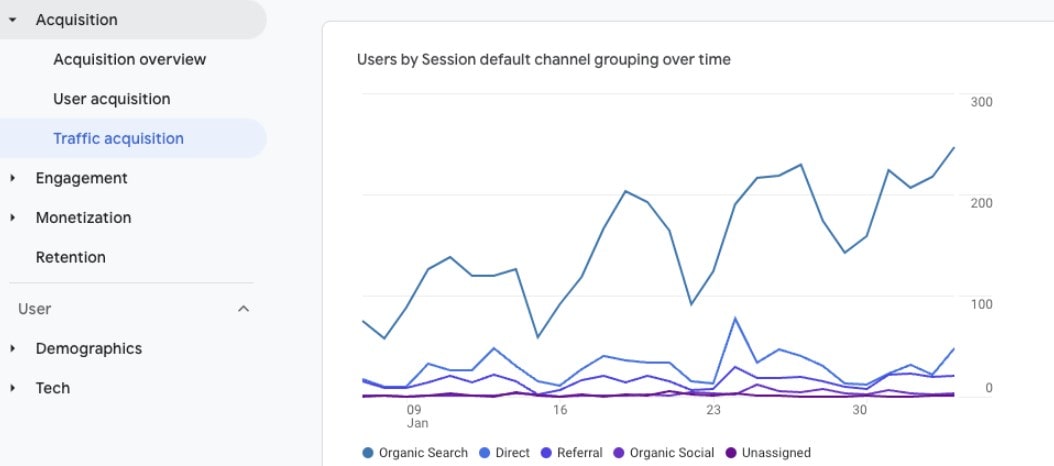
Content marketing isn’t a sprint; it’s a marathon. It takes time to see the fruits of your labor, especially for small businesses. There’s no fast-track to overnight success in content marketing. Success comes to those who remain patient and persistent.
Take for instance, a local bakery venturing into content marketing. This bakery starts by sharing mouth-watering pictures of their baked goods, followed by posting recipes and baking tips. It will take some time for their content to gather momentum. Here’s how they can keep their spirits up:
- Celebrate Small Victories: Appreciate the first comment, the first share, the first follower. It’s a sign that your content is reaching people.
- Don’t Shy Away from Pivoting: If a strategy isn’t yielding results, consider switching gears. Perhaps the bakery finds video recipes are more engaging than picture posts. That’s a cue to pivot.
- Keep the Quality High: It’s easy to cut corners when results are slow to show. Don’t give in to the temptation. The bakery must continue posting high-quality photos and well-written recipes.
- Remain Active and Engaged: Continue posting regularly and interact with your audience. If the bakery stays active responds to comments and queries, it fosters a sense of community around their brand.
- Keep Learning: Read about trends, tactics, success stories of similar businesses. Learn and incorporate them into your strategy.
Patience and persistence can move mountains. It’s a slow process, but the results – loyal customers, steady traffic, and solid brand reputation – are worth the wait.
Conclusion
Smart content marketing may strengthen brands and engage audiences for small businesses. From inspiring presentations to captivating texts and enticing blogs – your business can touch hearts, answer queries, and foster an intimate community.⚡
Such meaningful engagement often sparks robust loyalty and attracts keaps of new customers – a growth engine that no small enterprise should overlook. Utilizing advanced tools, like Plerdy’s SEO & UX analysis, can streamline your journey in the content marketing landscape, helping you assess performance and manage improvements effortlessly.⚡
Remember, your content is the delightful cookie that brings customers to your door and keeps them coming back for more. Craft each piece as if it’s the main event of your marketing campaign. Inject creativity, authenticity, and passion – ingredients that make your brand irresistible.⚡
Whether you are a fledgling startup or an established small business, there’s no better time to invest in content marketing. And with our 15 expert tips at your disposal, you’re well-equipped for the journey. Steer your venture towards long-term success – you’ve got this!⚡
